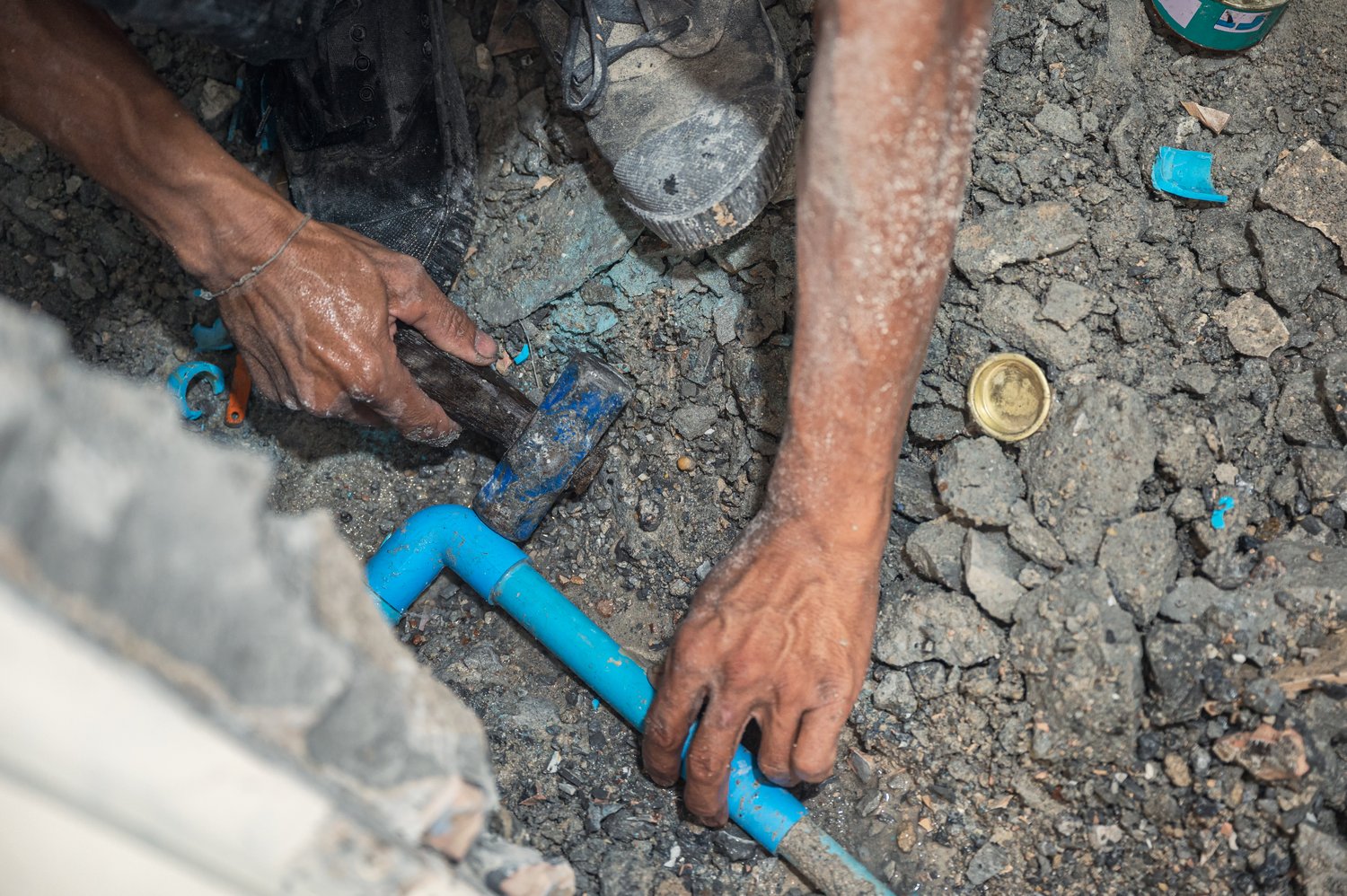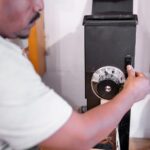Maintaining an efficient plumbing system is essential for avoiding costly repairs and unexpected downtime, whether in a residential setting or a bustling restaurant environment. One critical, yet often overlooked component, is the sewer clean-out. Acting as strategic access points for maintenance, these installations streamline main line service and avert potential disasters. But how does one go about a proper sewer clean-out installation to ensure longevity and functionality?
- Sewer clean-outs are pivotal in providing access for routine maintenance and addressing emergency blockages efficiently in your main line.
- Choosing the right location and materials is crucial for a successful installation and compliance with local plumbing codes.
- Implementing best practices during installation can lead to reduced maintenance needs and prolonged system life.
Delve into this guide to uncover how a well-installed sewer clean-out can be a game changer for your property, enhancing both performance and lifespan. Equip yourself with the insights needed to ensure that your plumbing infrastructure remains robust and reliable.
Understanding Sewer Clean-Out Installation: Access Points for Main Line Service
Sewer clean-out installation is a critical aspect of plumbing systems, providing essential access points to the main line. These access points are indispensable for carrying out routine maintenance and addressing emergency blockages that can disrupt the entire plumbing system. Effectively installed sewer clean-outs ensure that service, whether preventive or urgent, is seamless and efficient.
In both residential and commercial properties, sewer systems can face challenges such as clogs or debris buildup. This makes it vital to have designated access points where plumbers can insert their tools to clear any blockages in the main sewer line. By addressing issues at these critical junctures, property owners can prevent costly repairs and avoid service interruptions.
The strategic placement of sewer clean-outs in key locations allows for quick intervention, reducing downtime and restoring normalcy swiftly. Thus, understanding the establishment of these access points is essential for maintaining an operational and effective plumbing system.
Key Components of a Successful Sewer Clean-Out Installation
A successful sewer clean-out installation hinges on several key components. First, selecting the optimal location is of paramount importance. Typically, clean-outs should be installed at major junctions or bends in the piping to facilitate easy access and allow for thorough maintenance.
Choosing the right materials is another critical factor. High-quality, durable materials ensure that the clean-outs withstand the test of time and the pressures of regular use, reducing the need for frequent repairs or replacements.
Furthermore, professional installation should be considered to achieve optimal performance and compliance with local codes. Professional plumbers bring the expertise needed to manage the intricacies of proper positioning and technique, ensuring that the installation aligns with regulatory requirements and operates efficiently.
An expertly installed sewer clean-out not only facilitates effective communication between different parts of the plumbing system but also enhances overall functionality and longevity. By prioritizing these components, homeowners and business operators can safeguard their plumbing infrastructure for years to come.
Best Practices for Sewer Clean-Out Installation: Access Points for Main Line Service
Implementing best practices during sewer clean-out installation is crucial for ensuring efficient plumbing maintenance and service. This approach not only facilitates easier blockage removal but also enhances the longevity of the entire plumbing system.
A well-planned installation allows for seamless access to the main line, benefiting both residential and commercial properties. Here are some recommended practices to consider:
Optimal Placement: Positioning the sewer clean-out at a strategic location is essential. Ideally, it should be near the property line or at the lowest point in the drainage system. This placement ensures ease of access during maintenance and repair tasks.
Proper Material Usage: Choosing the right materials for the clean-out is vital for durability and compliance with local plumbing codes. High-quality PVC or ABS plastic is often recommended due to its resistance to corrosion and ease of installation.
Professional Installation: While self-installation may seem cost-effective, hiring a professional plumber guarantees adherence to industry standards and local regulations. Professional installers have the expertise and tools needed to execute the job effectively, minimizing potential issues down the line.
Regular Inspection: Regularly inspecting the clean-out can help identify potential blockages or wear and tear before they become significant problems. Scheduled inspections are particularly important for commercial properties, where high usage can lead to quicker deterioration.
Consistent Maintenance: Consistent cleaning and maintenance of the sewer clean-out will ensure that the system functions optimally. Implementing a regular maintenance schedule helps prevent clogs and backups, thus avoiding costly repairs.
By following these best practices, property owners can ensure that their sewer clean-out installations provide reliable access for routine maintenance and emergency interventions. This proactive approach results in an efficient and long-lasting plumbing system.
Frequently Asked Questions About Sewer Clean-Out Installation
What are sewer clean-outs?
Sewer clean-outs are access points in your plumbing system that allow for easy maintenance and blockage removal from the main sewer line.
Why is proper installation of sewer clean-outs important?
Proper installation ensures efficient maintenance, reduces the risk of system blockages, and complies with local building codes.
Where should sewer clean-outs be installed?
Clean-outs should be installed at strategic locations along the main line, often near property boundaries and areas prone to blockages.
What materials are recommended for sewer clean-out installations?
Materials such as durable PVC or cast iron are typically recommended for longevity and reliability.
Can I install sewer clean-outs myself?
Professional installation is recommended to ensure compliance with local codes and to guarantee system performance.
How often should clean-outs be inspected?
It is wise to inspect clean-outs at least once a year and whenever plumbing issues arise.





